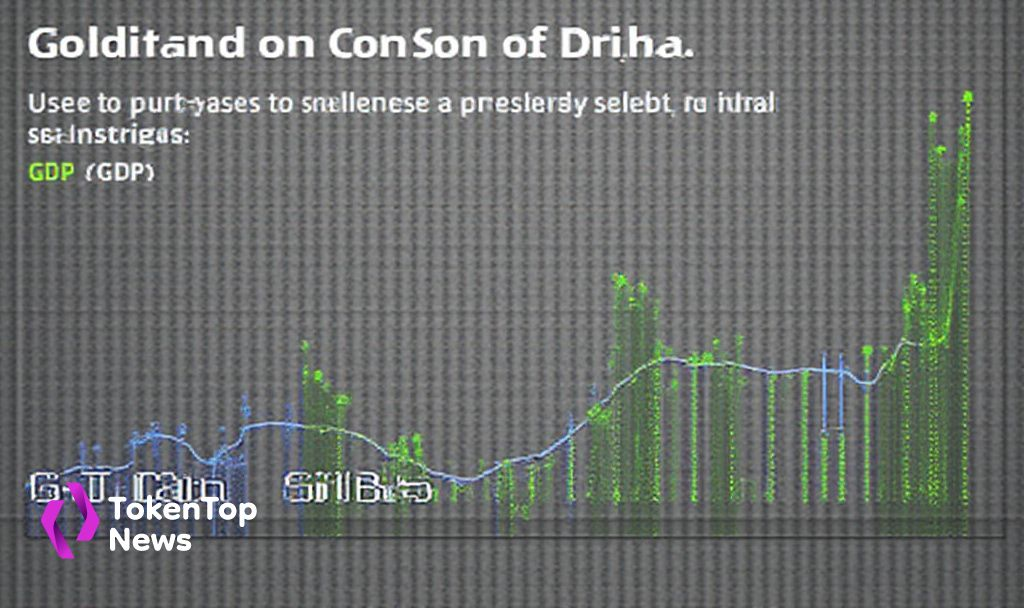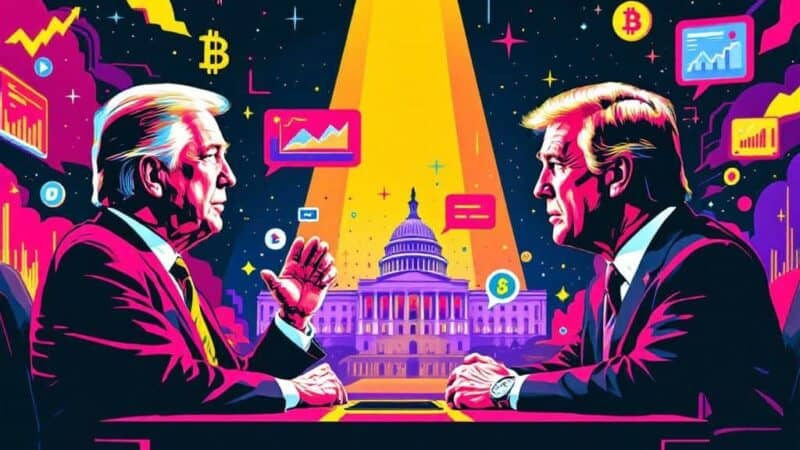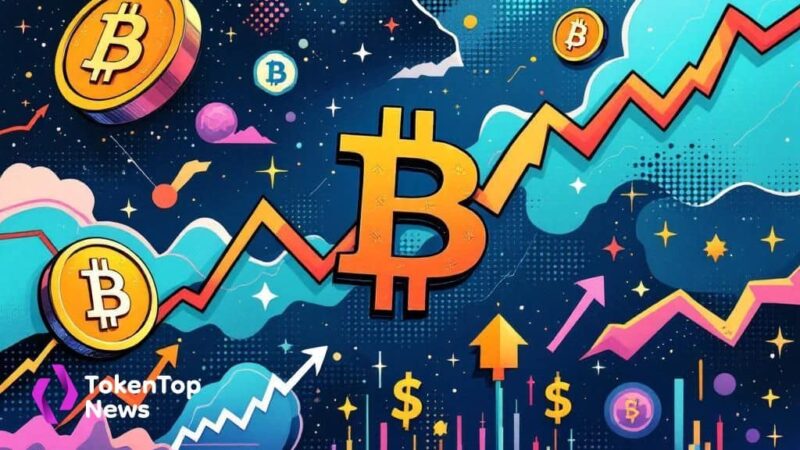Goldman Sachs Boosts US Q2 GDP Growth Forecast
- Goldman Sachs revises US GDP growth to 2.4%, reducing recession risks.
- Increased forecast signals optimism in US economic performance.
- Potential positive sentiment shift for major risk-on assets.

Goldman Sachs has increased its forecast for US Q2 GDP growth to 2.4%, easing concerns of a near-term recession. The revision is led by Chief Economist Jan Hatzius, reflecting continued economic resilience despite challenges.
The update matters as it signals a positive outlook for the US economy, potentially influencing market optimism and investment activity.
Goldman Sachs, under the leadership of Chief Economist Jan Hatzius, has announced an upward revision of the US Q2 GDP growth forecast from a previous estimate, indicating a more optimistic economic outlook. This update rules out the immediate risk of a recession.
The adjusted forecast reflects a growing confidence in the economic stimuli and market conditions that have helped strengthen the US economy.
“Global labor markets have rebalanced. Inflation has continued to trend down and is now within striking distance of central bank targets. And most central banks are well into the process of cutting interest rates back to more normal levels,” remarked Jan Hatzius.
The implications are considerable, as financial markets may experience enhanced investor confidence. Better economic forecasts typically boost equities and may lead to increased capital allocation towards risk-on assets. Key digital assets like Bitcoin BTC +0.37% and Ethereum ETH +1.19% could benefit indirectly.
While no specific on-chain data changes or cryptocurrency impacts were reported, the positive macroeconomic shifts could incite speculative activity in digital markets. Historical precedents show that upward GDP revisions often correspond with crypto market rallies.
Insights reveal that the upward GDP forecast could encourage further financial and regulatory discussions, though the current revision has not prompted official comments from US regulatory bodies. These developments underscore the interconnected nature of traditional and digital asset markets.




